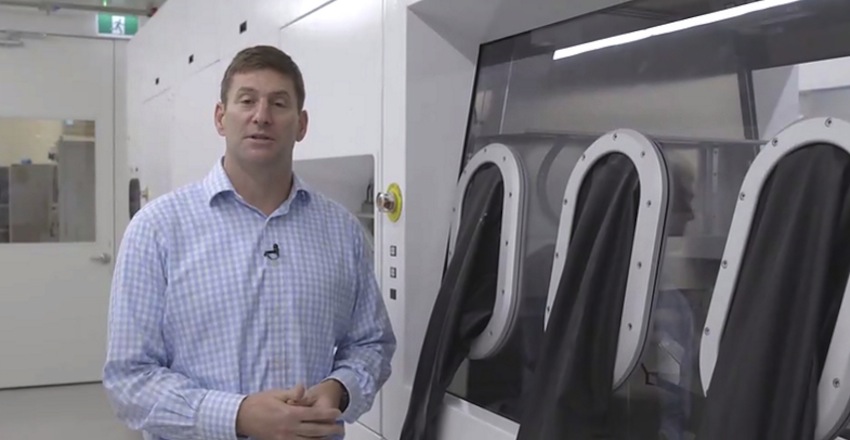BluGlass discusses LEDs and Tunnel junctions

Tunnel junctions are a way of addressing efficiency droop in high-brightness LEDs, says CTO Ian Mann
Australia-based BluGlass has been sharing much more of the details behind its R&D breakthroughs into creating tunnel junctions using its patented remote plasma chemical vapour deposition (RPCVD) technology.
BluGlass’ RPCVD technology focuses on the laying down of wafers using GaN materials, which has applications in areas such as power electronics as well as high-performance LEDs and microLEDs.
The company made its first announcements on using RPCVD to manufacture tunnel junctions in December, and CTO Ian Mann presented the first technical paper on the subject at Photonics West in San Francisco on February 2019.
The company believes the breakthroughs are significant for two fundamental reasons: the BluGlass team has demonstrated performance improvements in light output of LEDs that incorporate tunnel junctions; and, as a result, they can demonstrate a potential solution to the industry-wide phenomenon of efficiency droop in high-brightness LEDs, long a constraint to the performance of LEDs, and a significant challenge for the incumbent MOCVD manufacturing alternative.
That the company can now demonstrate that RPCVD technology can be used to make tunnel junctions is, in Ian Mann’s view, significant because it addresses the industry's continuing focus on improving light output at lower costs - the dollars-per-lumen ratio. The world’s top-10 LED manufacturers are responsible for about 60 percent of the world’s LEDs, and they compete largely on LED efficiency as summarized in this ratio - the costs needed to produce increased brightness.
BluGlass is targeting an improvement in LED light output of greater than 10 percent, which in turn translates to a reduction in the dollar-per-lumens ratio also of around 10 percent or more. These recent R&D results represent significant steps towards these targets. In an industry worth up to US$96 billion by 2024 (the general LED market, research from Applied Market Research*) improvements in the dollars-per-lumens ratio of this order would be significant.
BluGlass’ RPCVD technology has now demonstrated that it can be used to lay down tunnel junctions at lower temperatures than MOCVD. This is the first step to manufacturing cascade LEDs, which have the promise of increasing light output in LED devices without having to increase the physical size of the LED devices and doing so at current densities much closer to the peak LED efficiency, mitigating or potential solving the problem of efficiency droop.
What’s more, RPCVD can be used to grow tunnel junctions on existing LEDs and, in contrast to manufacturing using MOCVD, avoids additional fabrication steps and processes, always assuming that these are practicable in real terms.
There are other advantages to RPCVD including sharper profiles of dopants magnesium and silicon when deposited at lower temperatures.
As Ian Mann points out, while this R&D remains a work in progress, these results show promise. Particular focus is now on reducing the device voltage whilst maintaining the demonstrated increase in light output.
Early discussions with a number of commercial manufacturers are under way.


































